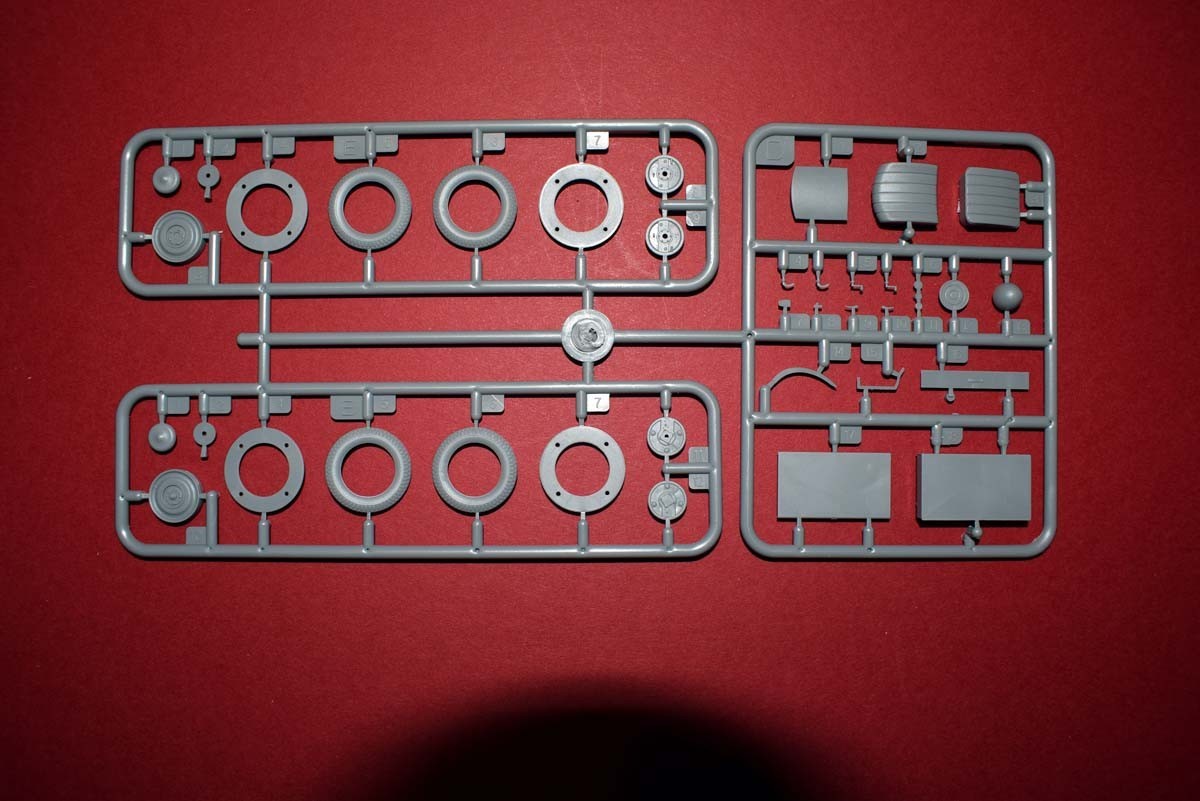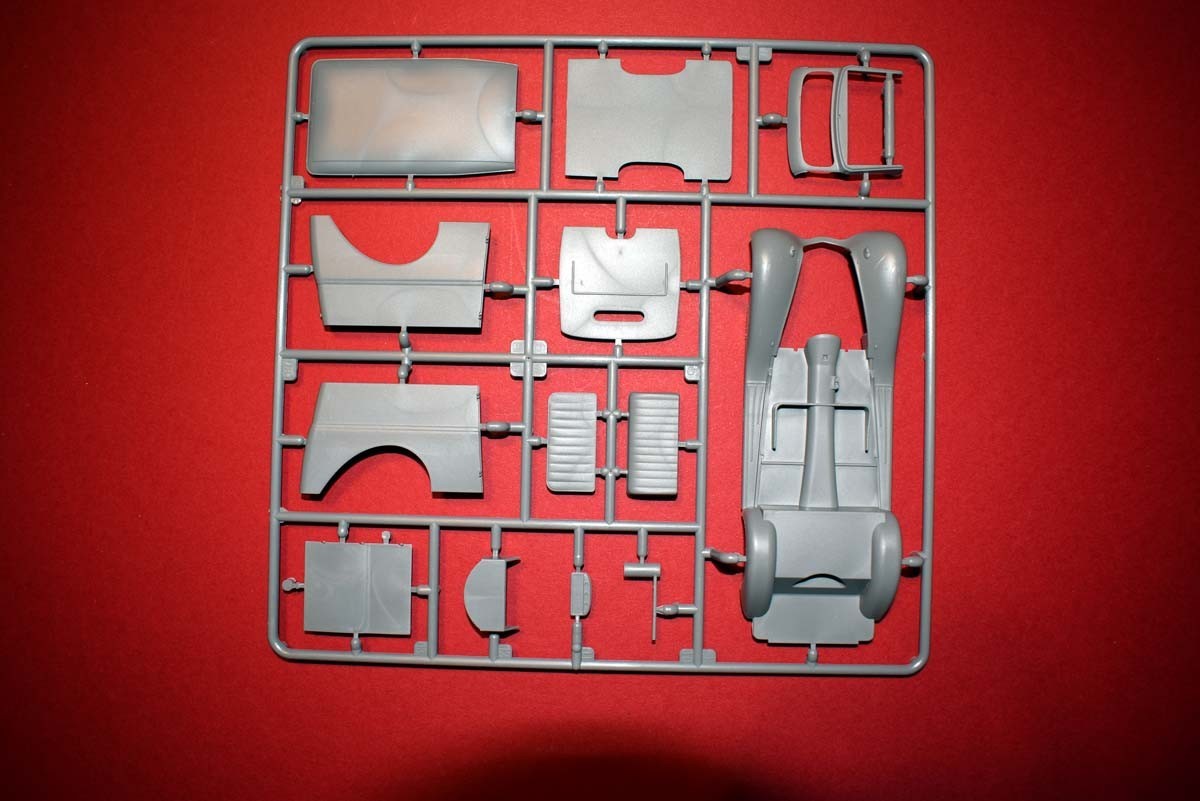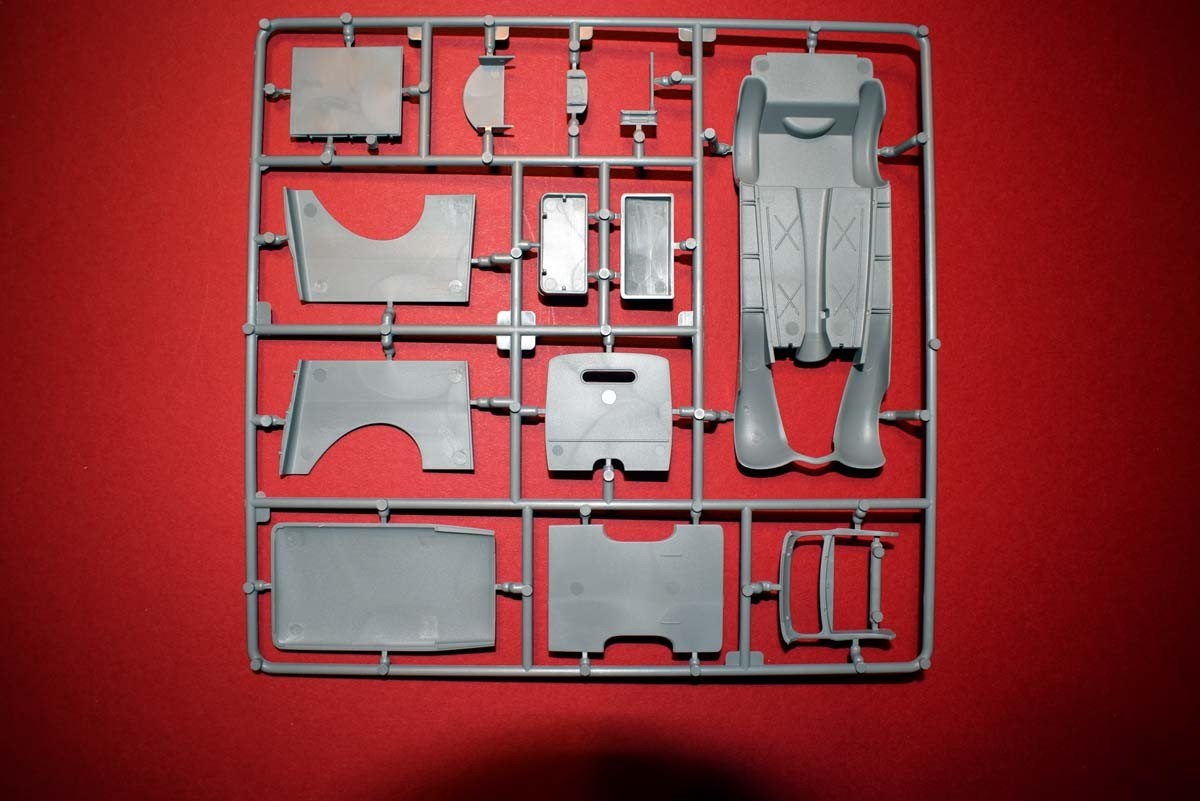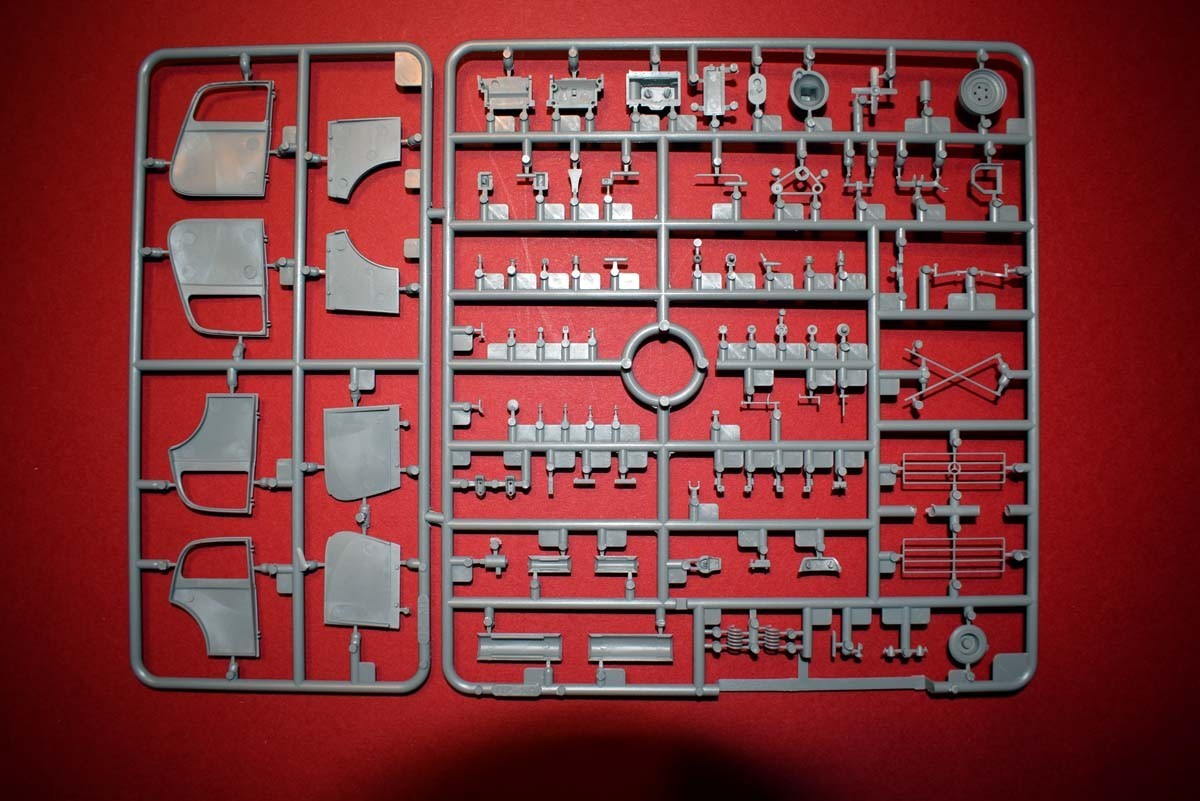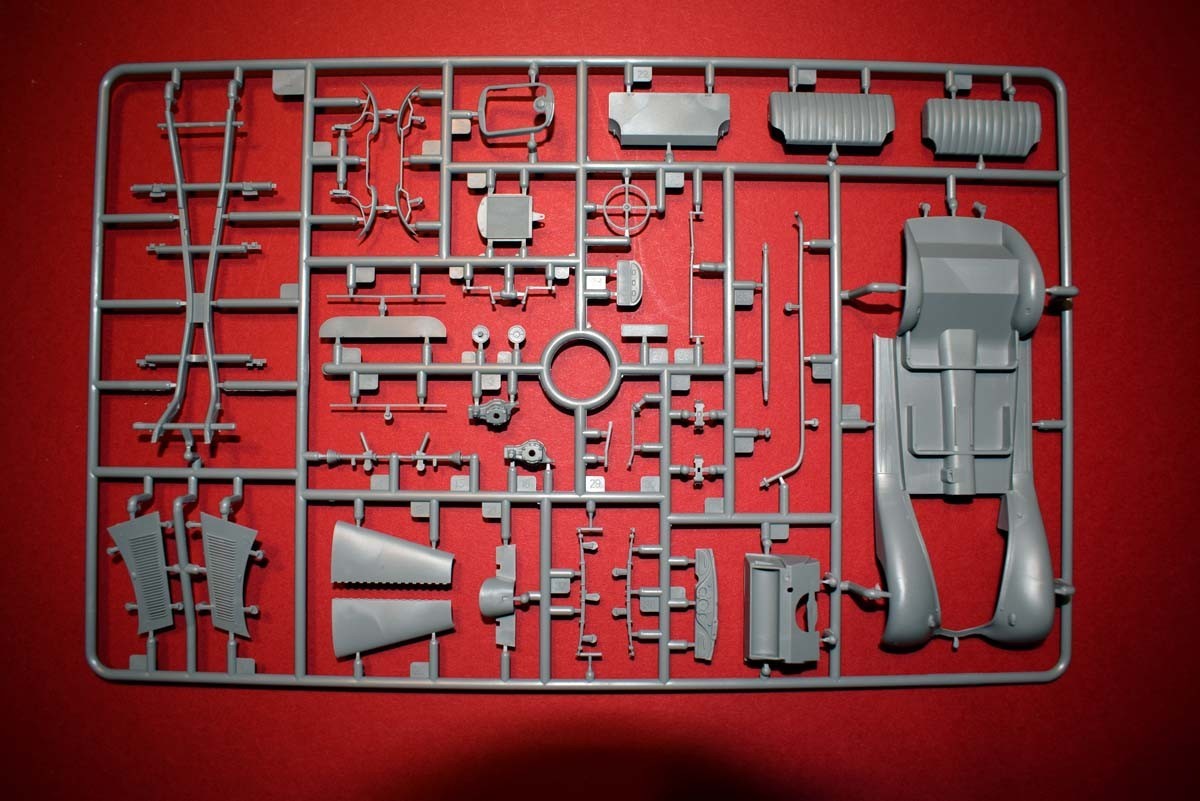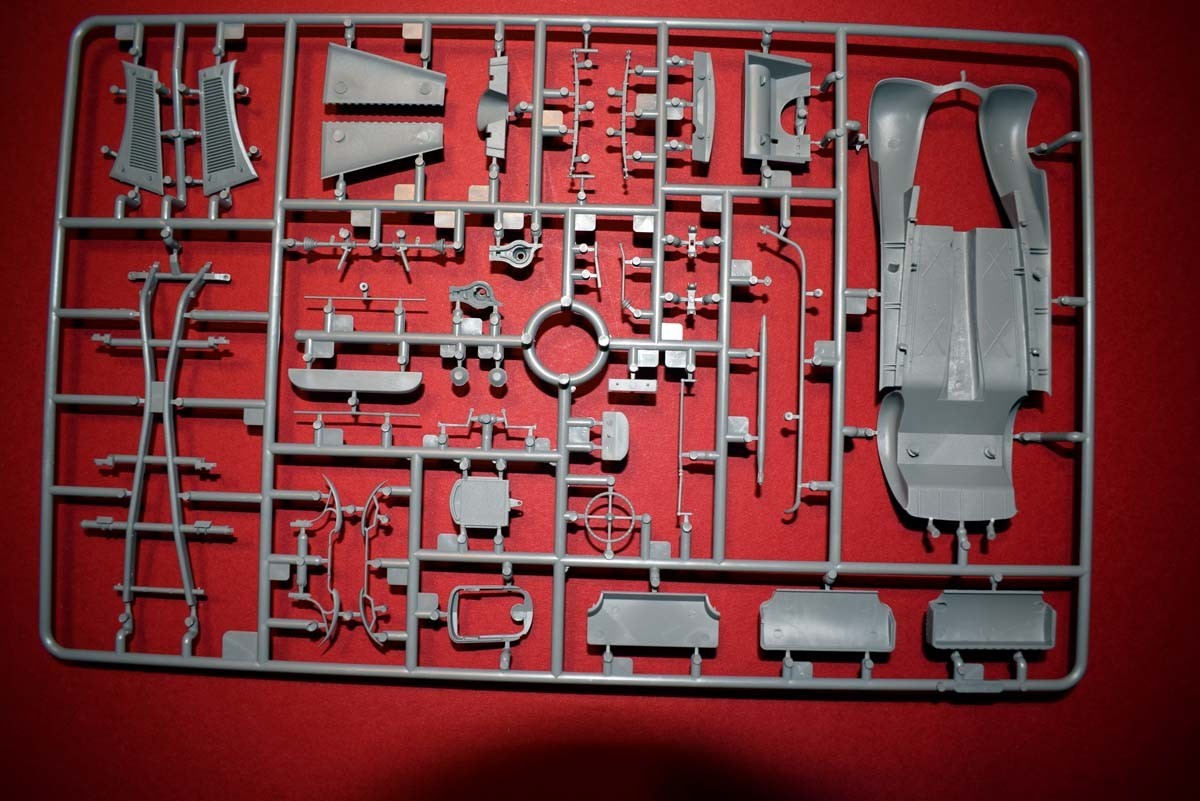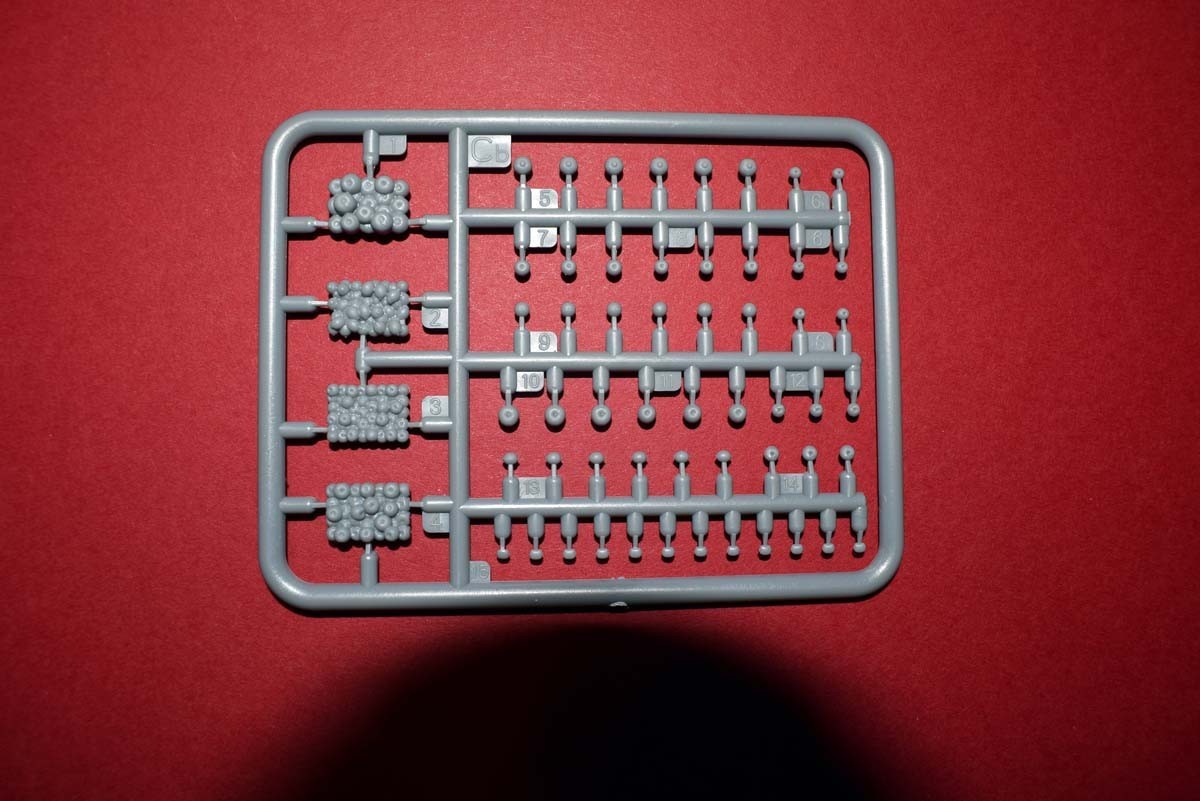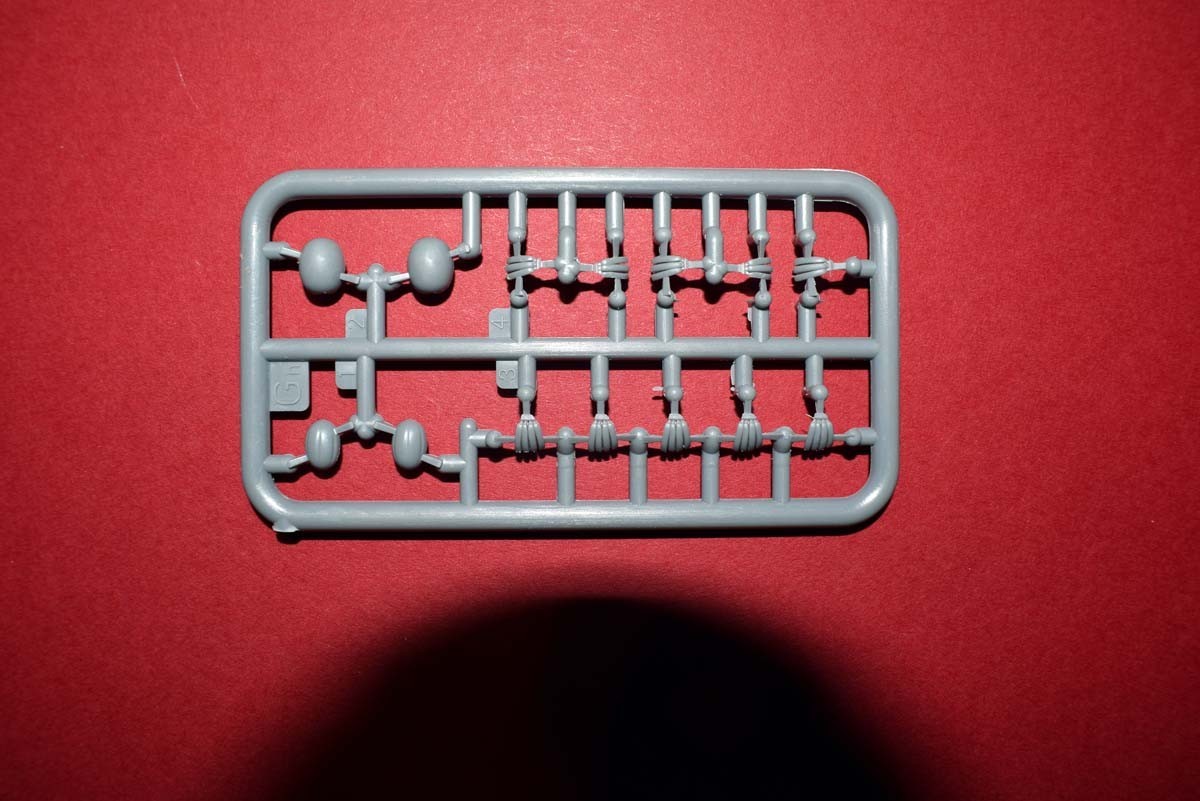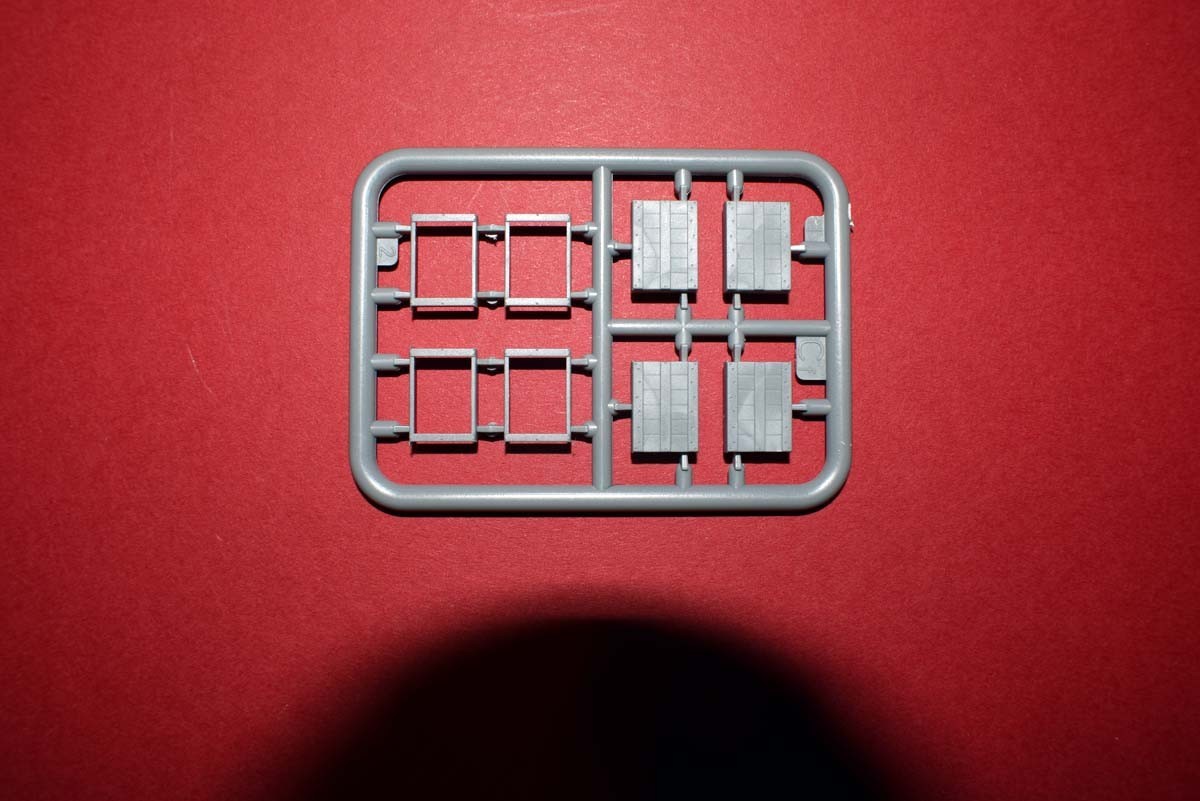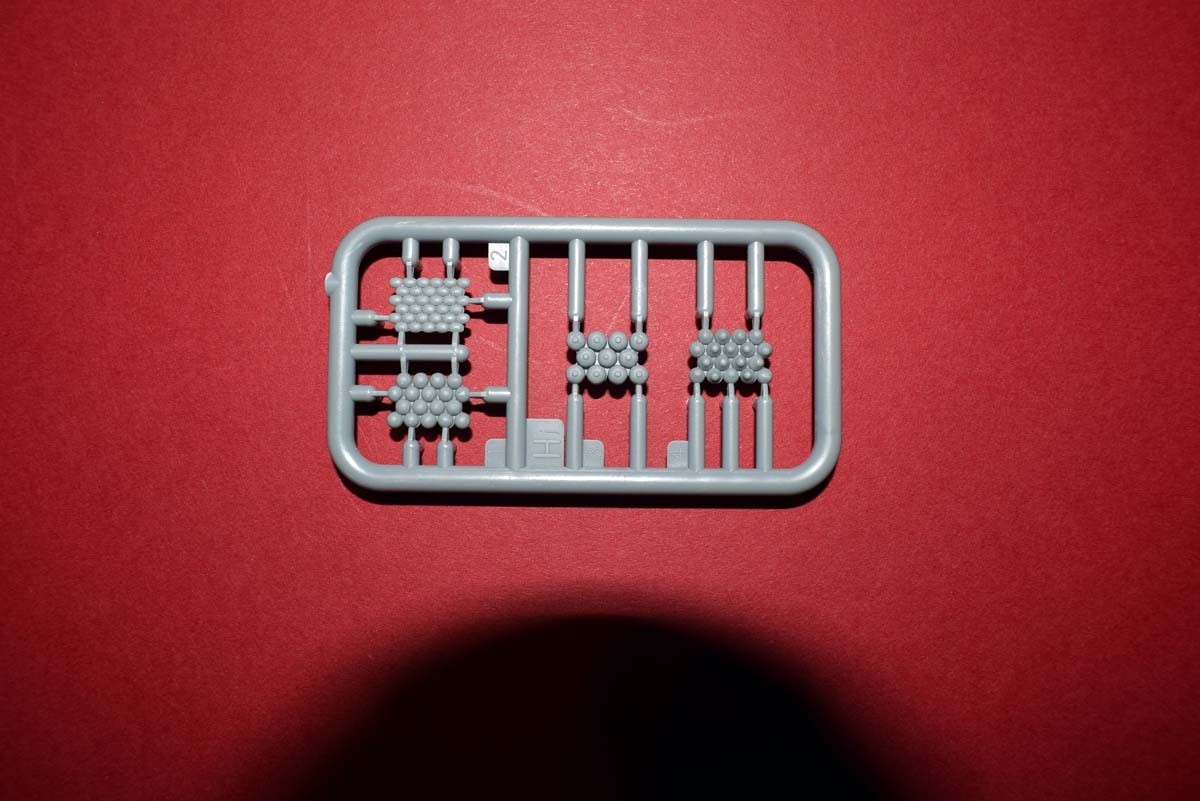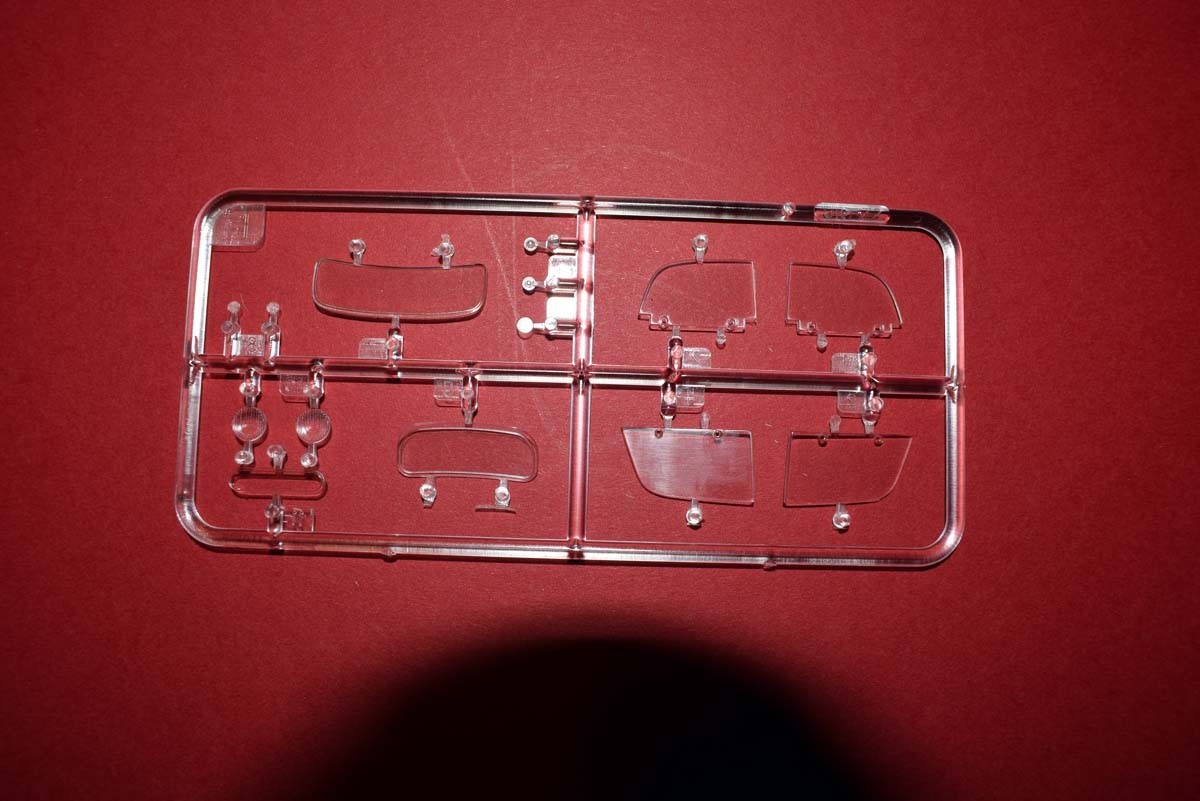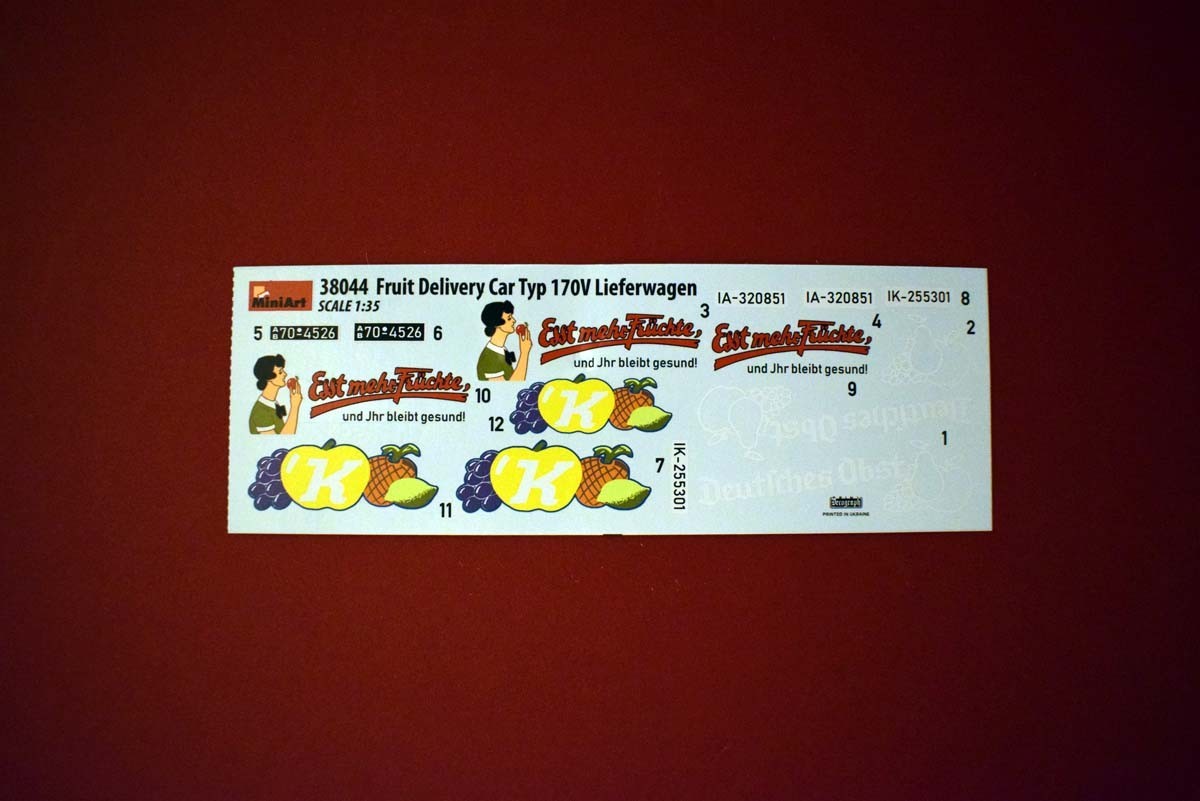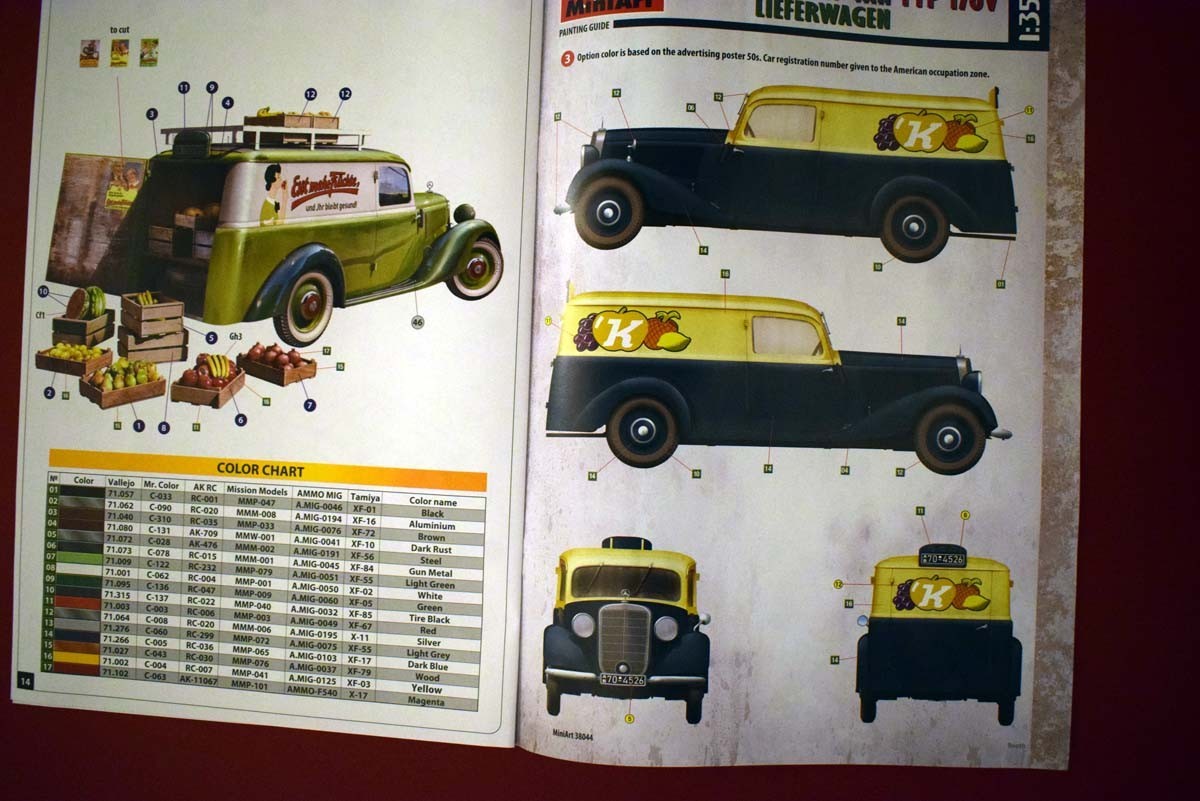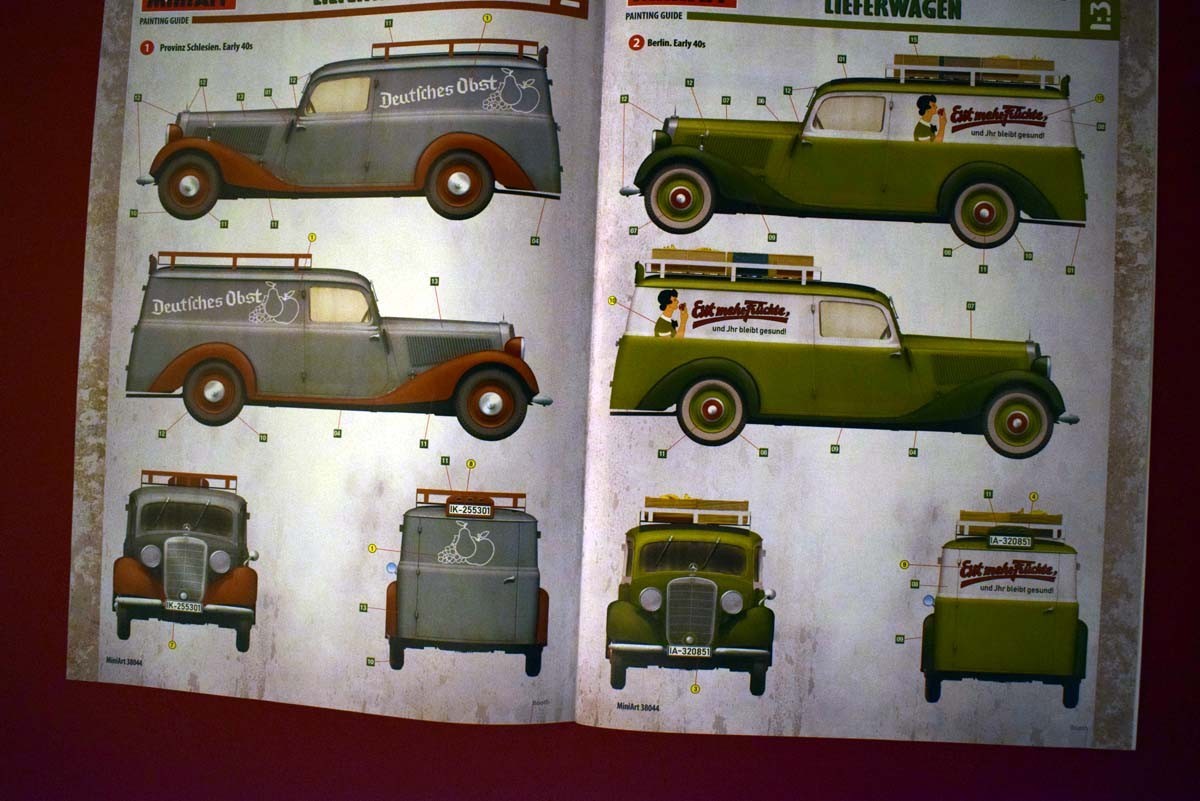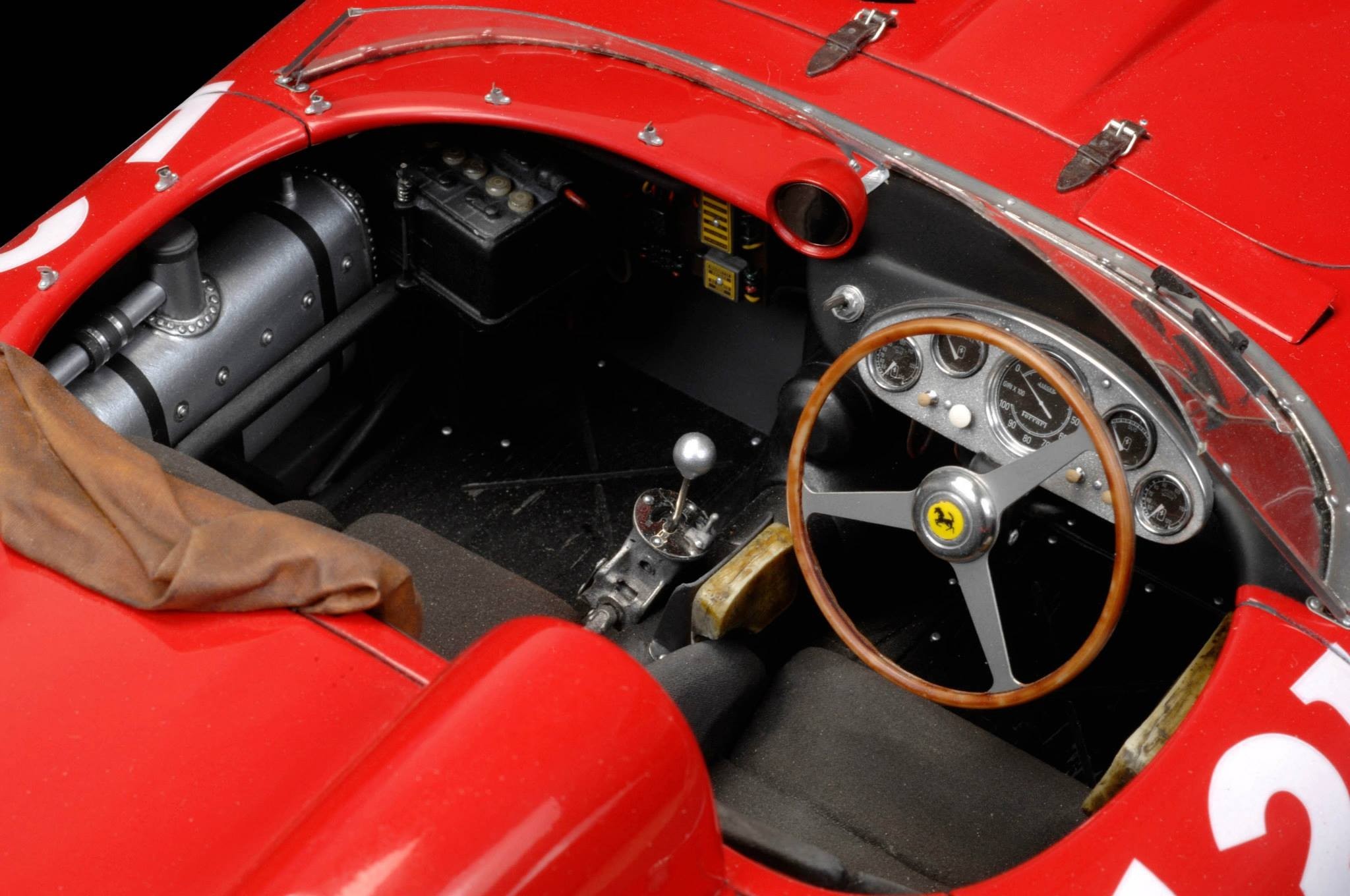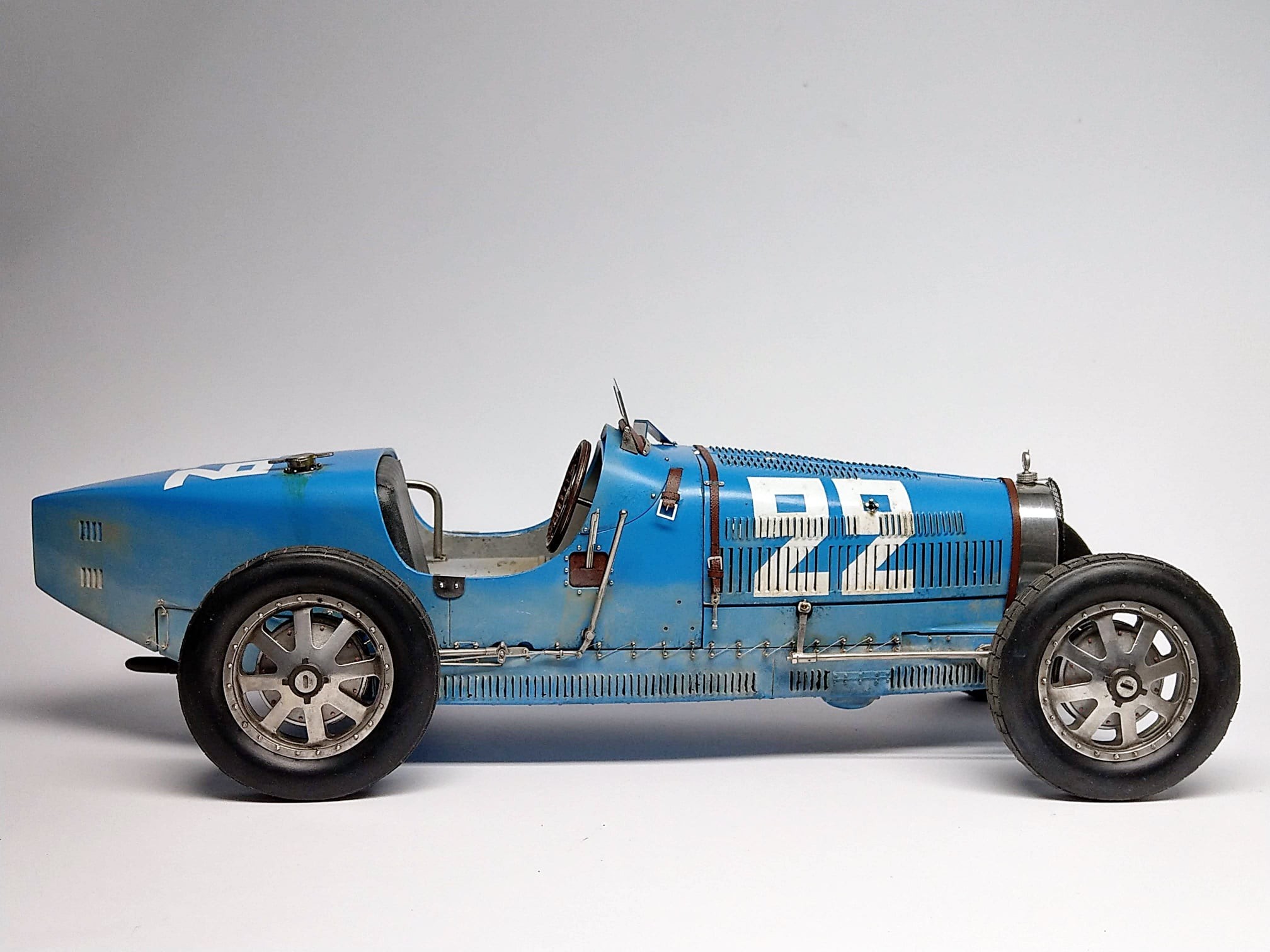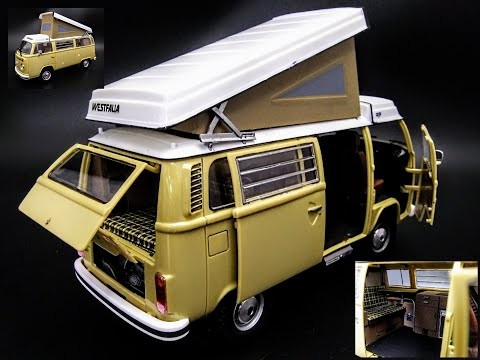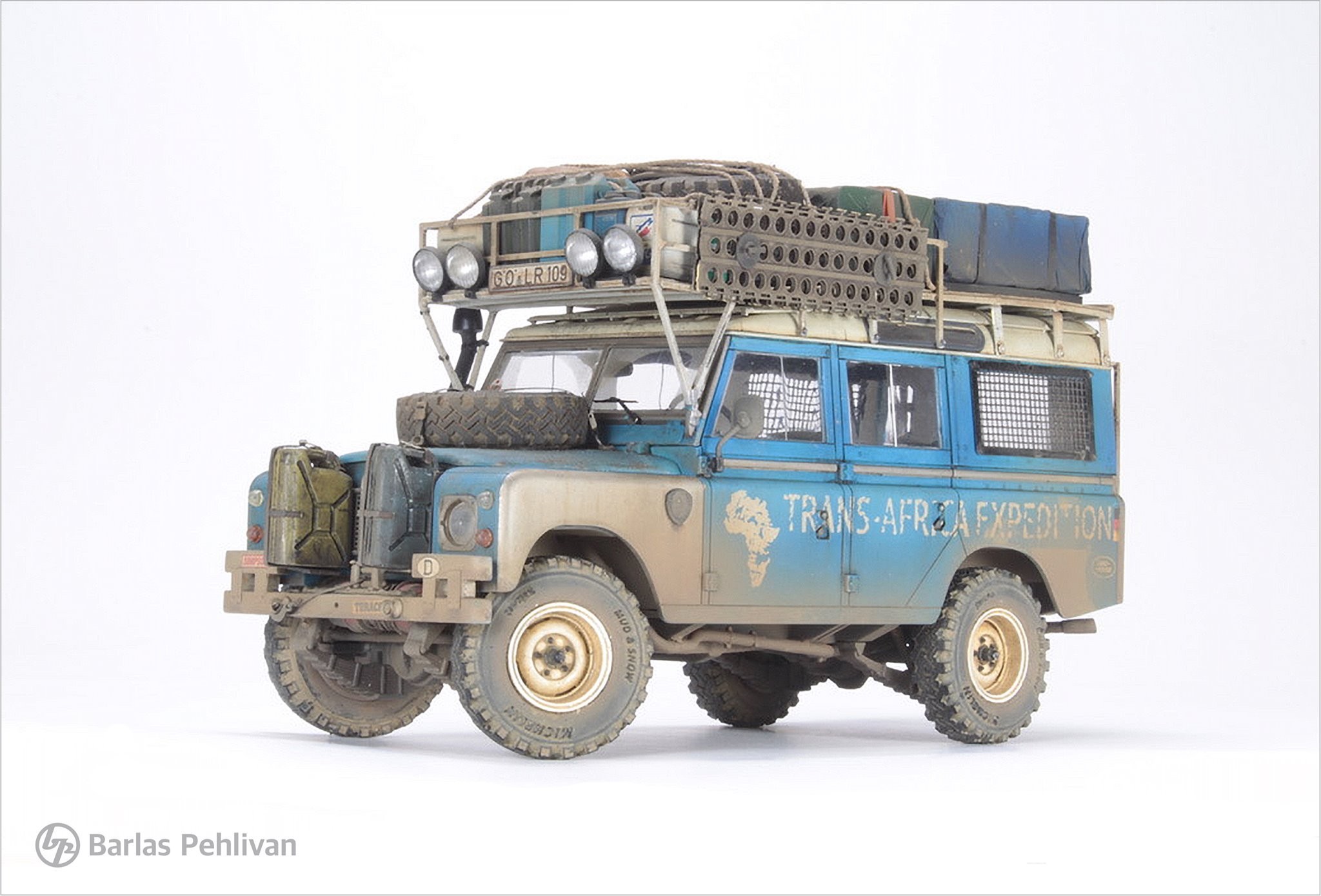
Introduction
As many of you may be aware, MiniArt’s releases of diorama elements appeal to me greatly. I am also rather pleased to see MiniArt’s ventures into civilian vehicles, as these can also add some significant additions to a diorama that may have a bigger impact on the story than any military elements used. The Lieferwagen was utilised for many different purposes and on this occasion represents a vehicle delivering fruit.
Review
This offering from MiniArt arrives in a cardboard tray with a separate card lid. Inside there is a single plastic bag containing the model parts and an additional plastic bag containing the clear parts and decal - which is something that I do not like due to the risk of damage to the decals, and a card sleeve containing photo etched parts. It is disappointing to see quite a large box, with so much empty space but such is… Access to the various parts is good, but there are some sizeable ejector pin marks both proud and recessed that will need to be addressed. As has become the norm with many providers of late, the finesse of some parts means that damage or breakage could easily be the result during removal from the sprue.
This offering from MiniArt provides the modeller with a well detailed engine and transmission, with minimal amounts of photo etch being used. But some of the parts that are used here are very small. The chassis of the model is a single piece moulding of tubular design, to which everything is added. Again some very small photo etched parts are used, which could easily be damaged during assembly. While not included, bending instructions are provided for the modeller to create accurate brake lines in 0.2mm wire. I personally would have liked to have found the inclusion of some jigs for this purpose, but regardless, it is still a nice touch. The rear spring suspension has been well done, with springs that actually move but to show them heavily laden will require surgery to the weak representation of the shock absorbers.
Many of you will be aware of my dislike of not being able to show the front wheels of a vehicle turned, and this release has that problem, which I do not believe will be easily overcome. Mounting loops for the axles are provided in photo etch form, which while good from a scale thickness will make those uncomfortable with photo etch struggle a bit. The shell of the body are the items on which you are going to find most of the ejector pins marks, I cannot recall them being this bad on previous releases of this vehicle and so I am wondering if the moulds need a little bit of help, or them are being removed from the moulds too soon. The fire wall between the cab and the engine bay has some nice details added, such as the fuel tank and vehicle tools. The dashboard has clear lenses for each instrument dial, but the detail underneath these will need to be hand painted. The bench seat at the front is nicely replicated, but would benefit from some wear and tearing being added via tissue paper. Once the body panels are assembled the doors both front and rear access can be assembled in a position of your choice. The hood of the vehicle correctly folds at the centre and edge with nice vent detail in the side panels but particularly bad ejector pin marks in the two central panels. Lights have been provided with clear lenses, and a roof rack made from entirely photo etched parts brings the vehicle to an end.
The fruit release from MiniArt has been included with this release, and this provides you with wooden trays with different fruits provided for use in them. The items provided are:
Red Apples
Lemons
Peaches
Green Apples
Kiwi Fruits
Pomegranates
Pears
Bananas
Melons
These will make from quite a colourful load in the vehicle, or perhaps being looted from it! But I cannot help but feel, the bananas, kiwi fruits and pomegranates would not a common items to come across during a period of conflict. However in all other respects a very pleasing release. MiniArt has provided three finishing options for this release with vehicle seen both during and after World War II:
Provinz schlesien, Early 1940’s
Berlin, Early 1940’s
Option Colour is based on the advertising poster of the 1950s. Car Registration number given to the American Occupation Zone.
My personal favourite finishing option is the Berlin finish, as it is an apples green with a creamy white.
Conclusion
This release in many ways is a very complete model, in that details are provided for the modeller to replicate brake lines. I will not deny that I am disappointed to find some many raised and recessed ejector pin marks that will need to be tackled. But the detail taken as a whole mark this as a highly detailed model release.
